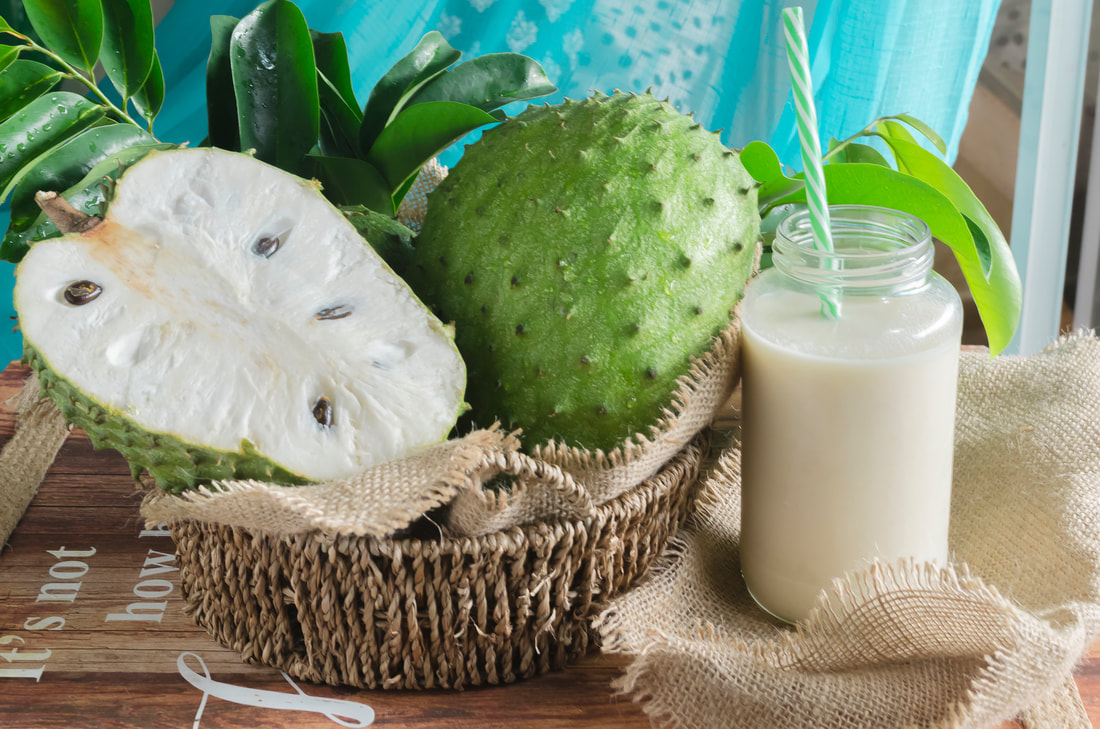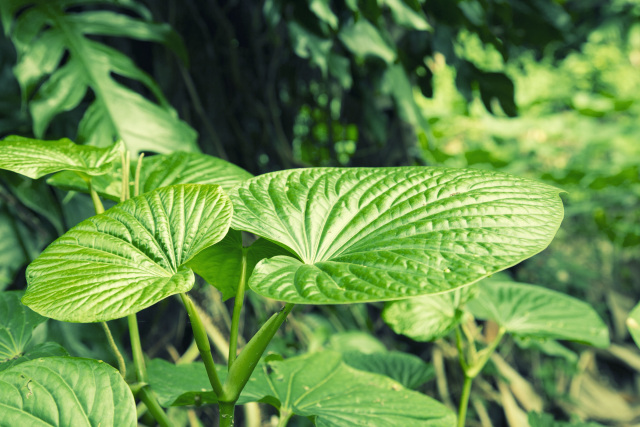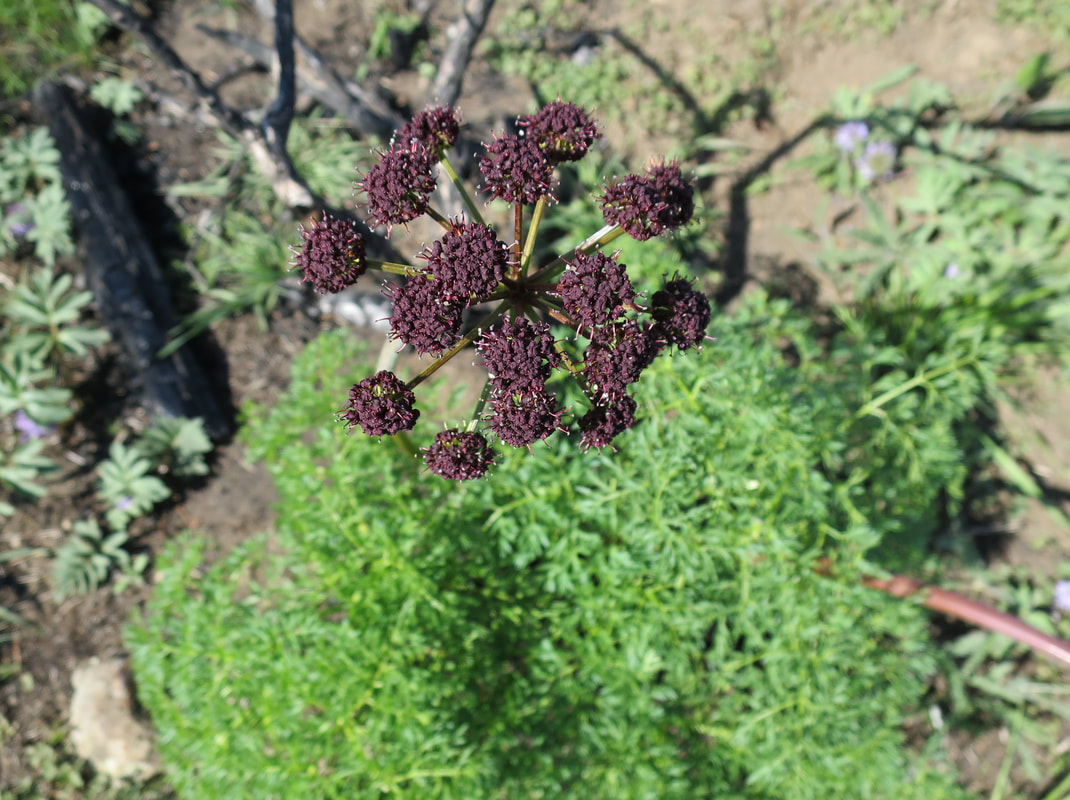Soursop or Graviola is native to the Amazon rainforest; a small tree growing up to 15 feet (5 meters) tall; it is much sought after for its delicious fruit In terms of prevention, Graviola is helpful as a therapy or prevention for blood, breast, cervix, esophagus, liver, lymph node involvement, lung tumors, lymphoma, mouth, pancreas, prostate, spine, tongue, uterus, and other cancers. Graviola seems to effectively target and kill malignant cells in more than 10 different types of cancer. It is an effective natural cancer supplement that inhibits the growth of cancer cells while it doesn’t damage healthy cells. In other words, Graviola “hunts down” or selectively targets cancer cells and kills them without harming healthy cells, unlike chemotherapy that indiscriminately seeks and destroys all actively reproducing cells, even normal, healthy ones. Graviola inhibits tumorigenicity and metastasis of pancreatic cancer cells through altering cell metabolism by inducing necrosis. Graviola tincture has an especially potent antioxidant effect by stimulating the immune system and protecting the body from infections. It promotes the body’s natural defense mechanisms against viruses, bacteria and fungi. It has a beneficial effect on the functions of the neural system, promotes sound sleep and helps maintain normal blood pressure levels. Graviola is used in traditional medicine in South America to treat a number of ailments, such as hypertension, ringworm, influenza, scurvy, rashes, malaria, neuralgia, dysentery, arthritis, palpitations, rheumatism, nervousness, high blood pressure, insomnia, diarrhea, fever, nausea, boils, dyspepsia, and muscle spasm.Extracts of the plant have been shown results that imply that the fruit possesses anti-depressive effects. Dosage: Tincture: 1 - 4 ml. daily (1 - 4 full droppers). Since it has sedating or relaxing effects, it is best taken in the evening before, with, or after dinner. Precautions and Contra-indications Not to be used during pregnancy due to possible uterine stimulant activity.Contraindicated for people with low blood pressure, it may posses' hypotensive, vasodilator, and cardio depressant reactions. It may also effect antidepressant drugs and interfere with MAO-inhibitor drugs.Long-term use of Graviola might lead to some die-off of friendly bacteria in the digestive tract. Supplementing the diet with digestive enzymes may be helpful to counteract this possible effect. DISCLAIMERThis information is to be used for educational purposes only and has been solely based on the historic and traditional use of herbs. This information has not been evaluated by the US Food and Drug Administration. Part of KuKista’s roots come from an original group informally interested in knowing more about the healing
Anxiety, Restlessness, Insomnia and Stress-related Chronic Pain and Muscular Spasm Relief Kava Piper methysticum plant leaves outdoor from the garden use to make Kava drink of people in Pacific Ocean cultures Kava Kava Root is one of the most powerful herbs that produces a calming effects and helps relax muscles and evoke a sense of contentment. It relieves anxiety, restlessness, insomnia and stress-related chronic pain and muscular spasm. Kava promotes better sleep and is the best herbal remedy for inducing sleep and fighting off insomnia. Its sedative actions helps improve the quality of sleep and the duration of time required to fall asleep. Kava reduces stress by alleviating pain and serving as an anxiolytic at the same time. It also serves as a muscle relaxant, specifically, it helps reduce muscular tension and cramps and makes one feel light and calm. Kava is used as a therapy for anxiety. Kava is effective in treating the symptoms associated with stress. It is an herbal remedy for stress, anxiety, and insomnia. The kavalactones in Kava are responsible for operating in the brain via non-opiate pathways. Kava is known for its sedative qualities. It has a traditional consumption as a hypnotic, psychotropic and anxiolytic. This plant produces similar effects that of alcohol, alleviating anxiety, creating a sense of calmness, acting as an analgesic as well as an anti-depressant. Kava interacts with the limbic system of the brain, thus invoking better conversations and a happy mood. It enhances sociability and helps mood swings. Using Kava as a remedy for mood swings increases cheerfulness, and induces a healthier and pleasant feeling. Menopausal women take it to help them with their mood swings without affecting other systems of the body. Kava is a therapeutic support for addiction. Kavapyrones are responsible for binding to particular receptors in brains that are associated with cravings of addiction. Flavokawains present in Kava, have anticancer properties. It inhibits the growth of tumor cells present in prostate and also helps in prevention of metastasis. It also boosts the immune system as it possesses anti-inflammatory properties. It also helps combat breast cancer by decreasing the weight and volume of the tumor. It is recommended not to use Kava continuously for more than three months at a time, using an off and on approach is best. Dosage: 1-2 dropperfuls at bedtime. Do not exceed more than 2 dropperfuls daily. Don’t drive after taking Kava because of sedative properties.Do not drink alcohol while taking Kava.Avoid mixing Kava with
During the flu pandemic of 1917-1918, a special root was used by the Washoe Indian tribes near Carson City, Nevada. Dr. E.T. Krebs Sr., a contracted physician assigned by the U.S. government, was surprised to find these Native American tribes free from respiratory illness and no deaths attributed from the “influenza bug.” This was especially unbelievable because people were “dying like flies” throughout the entire region, the nation and the world. Seeing the dried root hanging, Dr. Krebs was told it was “powerful medicine” and took the dried root to San Francisco and the “people just stopped dying.” Those Native Americans called the medicinal root “Dortza”, which meant “powerful medicine.” They collected it during the year when the richest supply of oils were concentrated in the large underground roots. Chopped and hung them to dry in their huts. LDM (Lomatium Dissectum v. Multifida) Extract is used both as a preventative against viral infections or solely during high-risk periods. It inhibits growth and reproduction of viral organisms, rendering them inactive, thus enabling white blood cells to do their job by dumping them to be filtered out of the body. Volatile oil factions in the root contain the antiviral/antibiotic properties along with powerful anti-bacterial/anti-fungal properties. LDM extract stops the growth of all viruses, bacteria and fungus in the body and eliminates the lethal micro-organisms without harming the ones necessary to good health. LDM is anti-viral and the dosage depends upon the strength or weakness of the body’s natural immune system. LDM is completely natural and non-toxic; therefore, the dosage may be safely increased until it takes effect. Adults: 3 to 10 drops, 3 to 5 times daily. Start with a low dosage, increase with tolerance. Keep dosage low for first 7 days, then increase as needed. Children: 3 to 4 drops, 4 to 6 times daily gradually increasing quantity and frequency. 1 to 2 drops for babies added to water or juice. NOTICE: 1 in 200 people get a one time harmless detox rash. This is due to the body dumping high amounts of toxins and its inability to filter it through. Stop LDM until rash has cleared and then begin again. Always begin LDM in small doses. DISCLAIMERThis information is to be used for educational purposes only and has been solely based on the historic and traditional use of herbs. This information has not been evaluated by the US Food and Drug Administration. Part of KuKista’s roots come from



